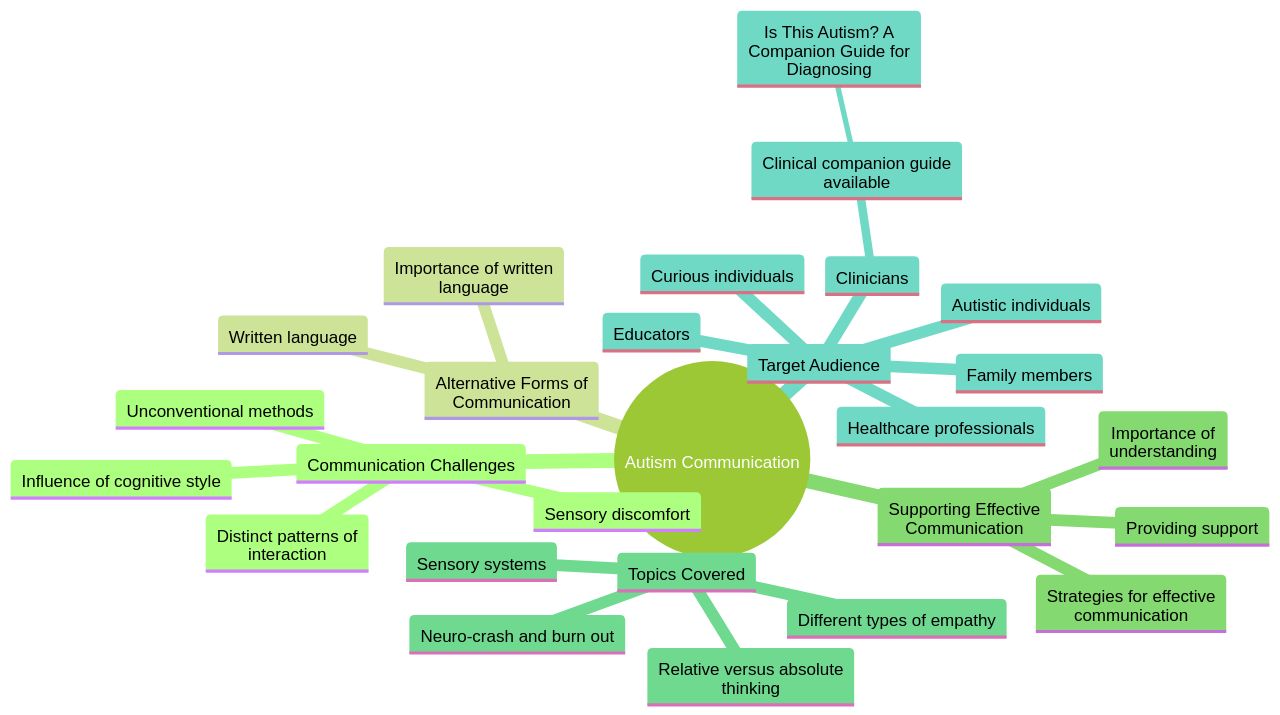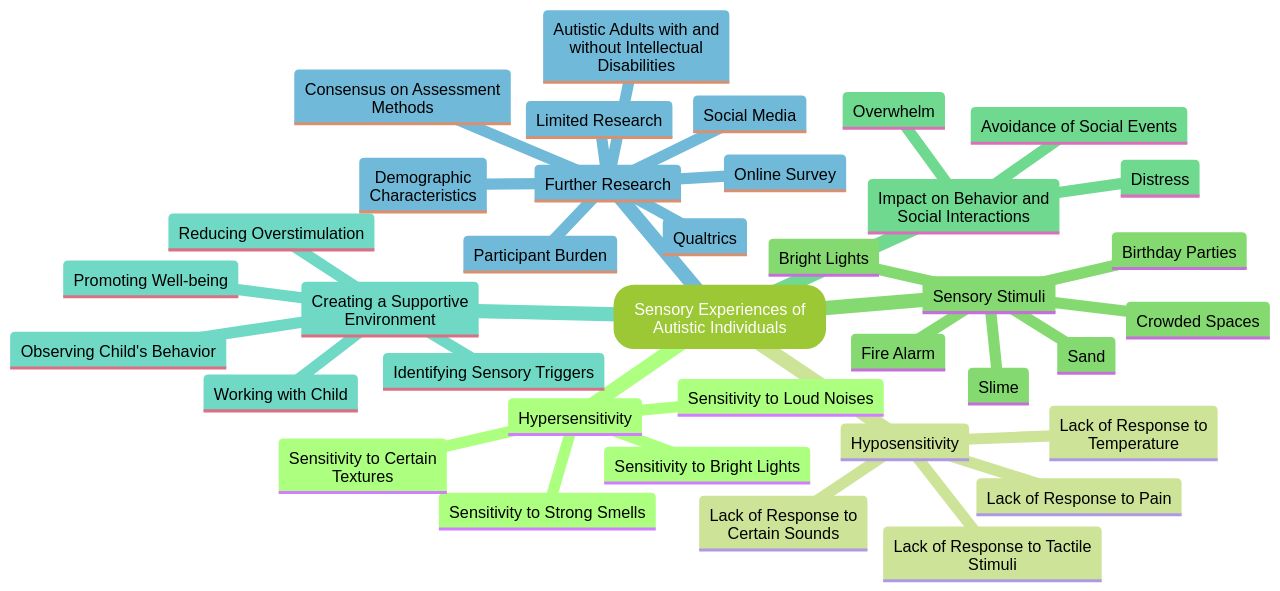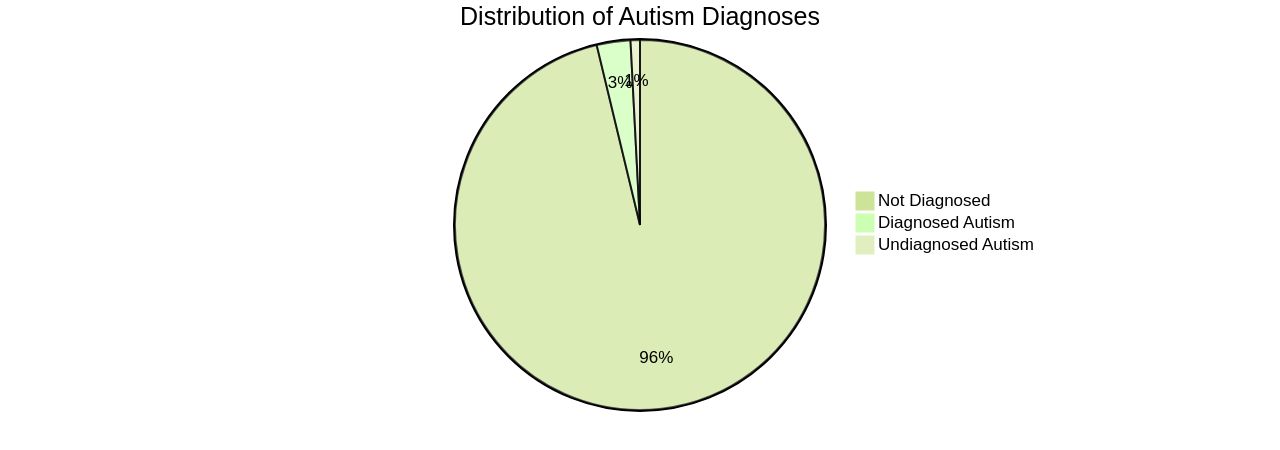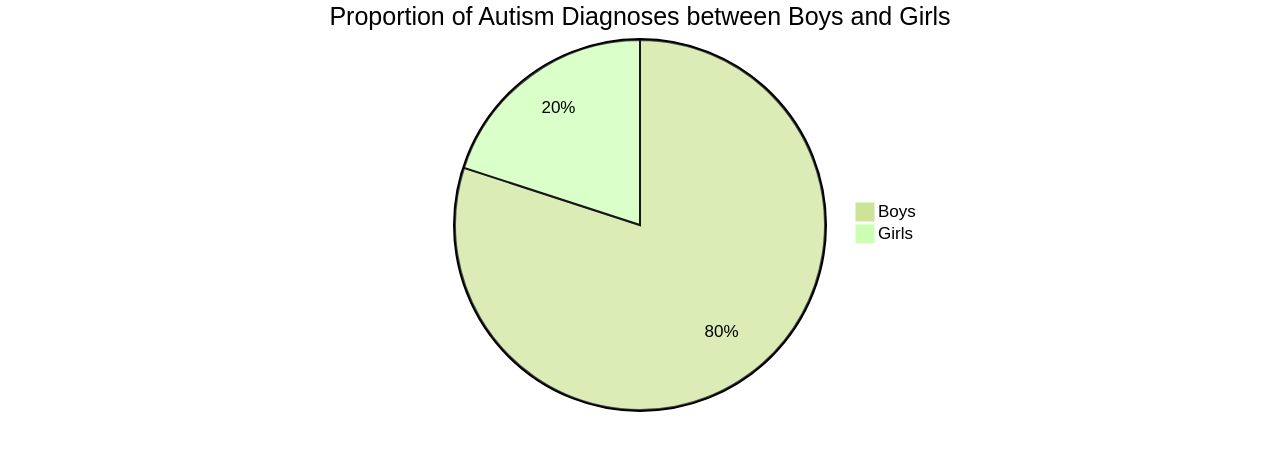Introduction
Understanding the Autism Spectrum: A Journey of Empathy and Acceptance
Autism, a multifaceted neurodevelopmental condition, presents itself differently in every individual, showcasing a diverse range of abilities, challenges, and behaviors. It is not a single condition but rather a broad continuum that highlights the unique strengths, weaknesses, and needs of each person.
As we delve deeper into understanding the autism spectrum, we will explore the distinct communication styles of autistic individuals, recognize their sensory sensitivities, embrace the concept of neurodiversity, and discover strategies for navigating the spectrum. By embarking on this journey of empathy and acceptance, we can provide the necessary support to ensure the well-being and success of individuals on the autism spectrum.
Understanding the Autism Spectrum
Autism, a multifaceted neurodevelopmental condition, manifests differently in every individual, often leading to a diverse range of abilities, challenges, and behaviors. The spectrum of autism isn’t confined to a single condition. Instead, it's a broad continuum, highlighting unique strengths, weaknesses, and needs of each individual.
Autism is often accompanied by remarkable abilities such as excellent memory, developed visual thinking, attention to detail, and honesty. Moreover, individuals on the spectrum also demonstrate a strong sense of justice and fairness, and a heightened capacity for emotions like joy and wonder. They may also exhibit a keen attention to detail and patterns, and a deep interest in specific subjects.
It's also vital to acknowledge the phenomenon of 'autistic masking,' where individuals on the spectrum adopt certain behaviors to blend in with the neurotypical world due to societal stigmatization. However, this can be seen as a response to societal pressures rather than a feature of the disorder. Understanding autism also involves recognizing the societal and psychological challenges that people on the spectrum face, particularly in adulthood.
It's crucial to cater to their specific needs rather than resorting to referrals to often unavailable specialists. For instance, conditions like anxiety and depression are not exclusive to autism and can be effectively addressed by practitioners with minimal additional training and a willingness to learn. This approach can ensure that individuals on the spectrum receive quality, evidence-based care tailored to their needs.
Autism may also coexist with conditions like ADHD and anxiety, affecting its manifestation. Furthermore, it's essential to debunk misconceptions about autism, such as its association with vaccines, parenting styles, or nutrition. Research indicates that autism is likely to have a genetic basis, although no single gene has been identified as the cause.
Decoding Autistic Communication
Deciphering the communication style of individuals on the autism spectrum is akin to understanding a unique culture with distinct patterns of interaction. Autistic individuals often exhibit unconventional methods of communication, such as alternative vocalizations, which may be more frequent than in their neurotypical peers.
Their nonverbal gestures, such as pointing or maintaining joint attention, may be less frequent or delayed. This unique communication style extends to their use of language, often infusing words with individual meanings that may not align with conventional interpretations.
Furthermore, their cognitive style may be detail-oriented, with a focus on specific interests, which may influence what they choose to communicate. Additionally, sensory discomfort and difficulty in interpreting nonverbal cues and intentions may pose challenges.
It's important to note that about a third of autistic individuals are unable to communicate verbally, but this doesn't mean they lack understanding or literacy. A study from the University of Virginia found that many nonverbal autistic individuals, particularly teenagers and adults, demonstrated a knowledge of written language conventions, surprising previous estimates of their abilities.
This discovery opens up the possibility of using written communication as an effective alternative for expression. A poignant example of this was a nonverbal autistic teenager who, in an act of desperation, used a preschool alphabet toy to convey his pain by typing 'help me it hurts'. This incident underscores the importance of not underestimating the cognitive and communicative abilities of nonverbal autistic individuals, but rather exploring alternative forms of communication to better understand their needs and experiences. In conclusion, understanding the unique communication styles of autistic individuals, both verbal and nonverbal, is crucial in helping them express themselves and navigate the world around them. Patience, open-mindedness, and adaptability are key to facilitating effective communication and fostering a supportive environment.

Recognizing Sensory Sensitivities
Understanding the world of an individual on the autism spectrum goes beyond their communication, behavior, and social interaction. It involves delving into their sensory experiences.
For many autistic individuals, sensory stimuli are perceived with heightened or diminished intensity, a facet that significantly shapes their daily lives. These sensory processing difficulties, a common symptom of Autism Spectrum Disorder (ASD), can lead to overstimulation.
Autistic individuals may exhibit hypersensitivity, where they become over-responsive to stimuli such as loud noises, bright lights, or specific textures. This hypersensitivity, experienced by more than 90% of children with ASD, is not just a heightened awareness but an intense reactivity that can be overwhelming and cause anxiety and stress.
It's as if a scratchy tag on a shirt or a sudden loud noise is amplified, making it challenging to ignore and stirring a whirlwind of emotions. On the other hand, some individuals may display hyposensitivity, seeking sensory stimulation.
This under-responsiveness might manifest as a craving for physical input like strong hugs or active movements such as jumping or wrestling. These sensory-seeking behaviors are their body's way of regulating sensory input, which can have a calming effect and help them feel more organized and in control of their environment. Understanding these sensory experiences and sensitivities is crucial for parents and caregivers. By recognizing their child's signals, they can provide the necessary support and make adjustments to the environment to accommodate their sensory needs. This understanding fosters a supportive environment that acknowledges the unique sensory experiences of autistic individuals.

Embracing Neurodiversity
Embracing neurodiversity is a key factor in understanding the autism spectrum. Neurodiversity signifies the natural variations in human brain functioning and recognizes autism not as a defect but as a unique neurological difference.
This perspective shift from deficit to strength allows us to appreciate the distinct contributions of those on the autism spectrum. According to a 2021 study in the Journal of Child Psychology and Psychiatry, there has been a 700% increase in autism diagnoses over the past 20 years.
CDC estimates now suggest that one in 36 children aged eight years old are autistic, a significant increase from the previously believed one in 100. This rise in diagnoses is partly due to a broader definition of autism that now includes how women and girls present, and partly due to increased awareness and de-stigmatization efforts.
With the neurodiversity perspective, many see their autism not as a disability, but as a part of their personality. As Judy Singer, known as the “mother of neurodiversity”, suggests, 'autism' is not a single condition but a complex, multi-layered definition. Many who receive an autism diagnosis see themselves as simply 'different'. In addition, research shows that some characteristics of autism can be seen as strengths and talents, such as excellent attention to and memory for detail, and excellent pattern recognition skills. This inclusive mindset fosters acceptance, respect, and support for individuals on the autism spectrum, further promoting neurodiversity.

Strategies for Understanding the Spectrum
Understanding autism involves more than a superficial knowledge of the condition. It requires a deep dive into the intricacies of the disorder, challenging the misconceptions about its causes, which are not linked to vaccines, parenting style, or nutrition. Evidence points towards the potential genetic basis of autism, with researchers investigating irregular genetic codes that could be inherited.
We need to be aware of the increasing prevalence of autism, which has risen to 1 in every 36, a significant increase from the 2004 rate of 1 in 125. Early diagnosis, ideally by age 4, drastically improves the likelihood of receiving necessary services. However, disparities exist in diagnosis, with White and Black children being identified more than Hispanic children, indicating potential barriers to early identification due to factors such as stigma, lack of healthcare access, and language barriers.
Additionally, the gender disparity in autism diagnoses, with boys being four times more likely to be diagnosed than girls, warrants attention. This might be due to differences in symptom presentation, leading to undiagnosed cases in girls. In the journey of understanding autism, it's crucial to listen to the voices of those with autism.
Their experiences provide invaluable insights, challenging stereotypes and enriching our understanding of the spectrum of experiences. They remind us that autism is not a limiting disorder but a different way of experiencing the world. Finally, it's important to remember that with the right blend of support, self-advocacy, community, and acceptance, individuals with autism can thrive, enriching our society with their unique perspectives and talents.

Conclusion
Understanding the autism spectrum is about recognizing its diverse range of abilities, challenges, and behaviors. By embracing neurodiversity, we can appreciate autism as a unique neurological difference and foster acceptance and support.
Decoding autistic communication requires patience, open-mindedness, and adaptability. Recognizing sensory sensitivities helps create a supportive environment.
Embracing neurodiversity allows us to appreciate the distinct contributions of individuals on the spectrum. Strategies for understanding the spectrum involve debunking misconceptions and acknowledging its prevalence. Listening to the voices of those with autism challenges stereotypes and enriches our understanding. With support, self-advocacy, community, and acceptance, individuals with autism can thrive.




